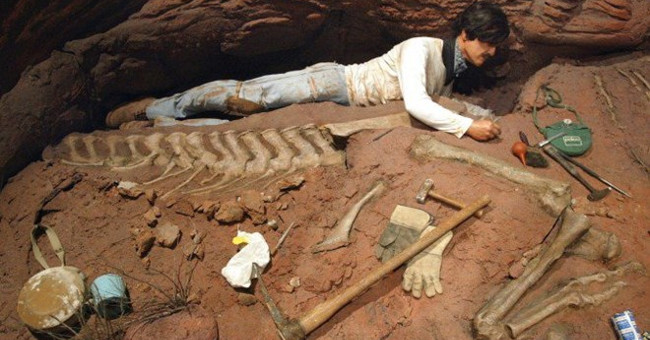Arctic Burial: Life and Memory in the Frozen North

Beneath the icy silence of the Arctic tundra, archaeologists have uncovered a hauntingly beautiful discovery: the skeleton of an ancient individual, carefully laid to rest thousands of years ago. Despite the unforgiving climate, this burial site reflects a society that valued memory, ritual, and dignity even in the harshest of environments. For scientists and historians, it offers not just skeletal remains but a glimpse into the spirit of a people who endured and thrived against the odds.

The burial was adorned with beads and ornaments, signs of reverence that speak volumes about the cultural practices of this mysterious group. Far from a simple interment, the arrangement suggests a deep respect for the individual, perhaps acknowledging their role within the community or honoring their journey into the afterlife. Each bead, carefully placed, symbolizes not just artistry but meaning, echoing the universal human impulse to commemorate and remember.
Alongside the remains, researchers have produced a reconstruction drawing, breathing life back into the figure. Clad in furs against the brutal cold, eyes bright with determination, the depiction captures both vulnerability and resilience. It reminds us that behind the bones was once a living person—someone who braved the freezing winds, hunted, loved, and belonged to a world now lost to time.

The Arctic environment, though merciless, has acted as nature’s time capsule. The cold preserved not only skeletal remains but also traces of cultural identity, from adornments to burial practices. This frozen record allows modern archaeology to reconstruct the rhythms of prehistoric life in regions where survival was a daily challenge. The discovery emphasizes that even in such extremes, humans maintained rituals of care and memory, ensuring that death was marked with meaning rather than anonymity.
What makes this discovery especially powerful is its emotional resonance. Unlike monumental ruins or vast cityscapes, a burial reflects intimacy—the care of a community for one of its own. It shows that the people of the Arctic, though often viewed only through the lens of survival, also nurtured traditions of love, dignity, and remembrance. These echoes of humanity remind us that resilience is not only about physical endurance but also about preserving identity, spirit, and compassion.

The ancient Arctic burial challenges us to reconsider what life was like in the frozen north during prehistory. It invites us to imagine the daily rhythms of this individual’s world: the hunt for food, the warmth of community fires, the stories passed down under endless night skies. It also connects us to a broader human truth—that across cultures and eras, people have always sought to honor their dead, leaving behind symbols of continuity and belonging.
In the stillness of the Arctic, this burial stands as a silent yet powerful testament. It is a reminder that even in the coldest landscapes, humanity carried warmth within—through ritual, memory, and the eternal act of remembrance.
#AncientArctic #ArchaeologicalDiscovery #FrozenHistory #HumanResilience










